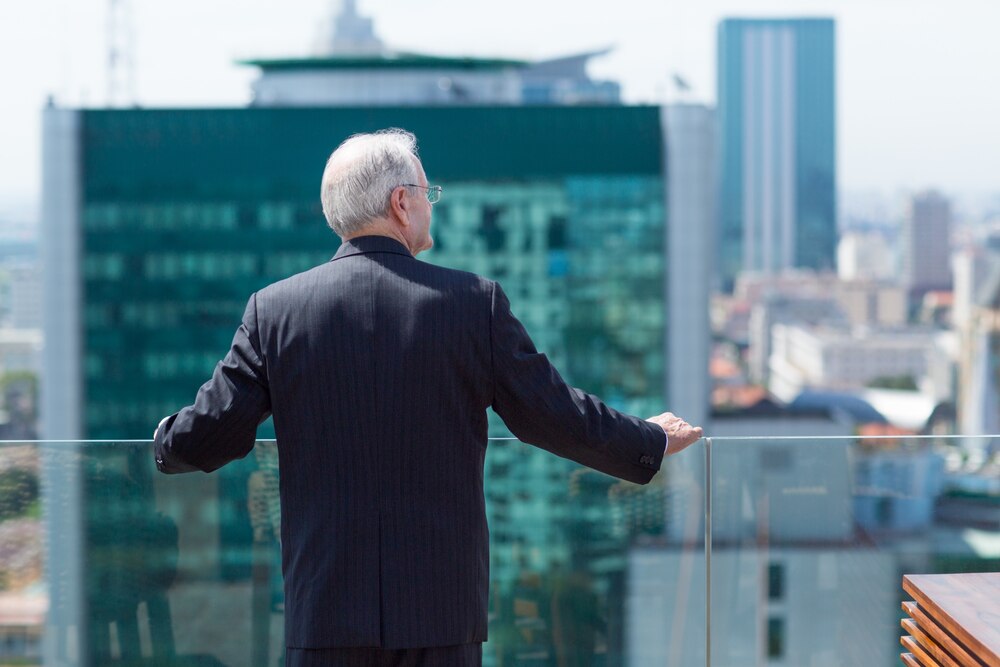Urban leadership is not confined to the bustling metropolises of major cities; it manifests in diverse ways across different regions, transforming local communities and influencing global trends. Read More
America: Transforming Communities With Visionary Leadership
In the United States, urban leadership often intertwines with grassroots movements and local innovations. One notable example is Mayor Eric Adams of New York City, who has focused on tackling issues like public safety, housing, and economic inequality. Adams’ approach combines traditional policies with innovative strategies, such as leveraging technology for improving public services and fostering community engagement. His leadership reflects a commitment to addressing contemporary urban challenges while building on the city’s rich history of resilience and diversity.
Another impactful figure is Majora Carter, an urban revitalization strategist from the Bronx. Carter’s work with the Sustainable South Bronx initiative has transformed neglected areas into vibrant, green spaces, demonstrating how localized efforts can lead to broader urban renewal. Her approach emphasizes environmental justice and economic empowerment, illustrating how grassroots leadership can drive substantial change within a community.
Europe: Fostering Sustainable Urban Development
Across Europe, urban leadership often emphasizes sustainability and innovative urban planning. In Copenhagen, Mayor Frank Jensen has been pivotal in making the city a global leader in sustainable urban development. Jensen’s policies include expanding cycling infrastructure, promoting renewable energy, and implementing green building standards. Copenhagen’s transformation into one of the world’s greenest cities underscores the potential of urban leadership to address climate challenges while enhancing quality of life.
In Barcelona, Mayor Ada Colau has championed social justice and housing reforms, focusing on affordability and inclusivity. Colau’s leadership is characterized by efforts to tackle housing crises and promote equitable urban development. Her tenure highlights how European cities are addressing pressing social issues through progressive urban policies.
Asia: Innovating Amidst Rapid Urbanization
Asia’s rapidly growing urban environments present unique challenges and opportunities for leadership. In Singapore, Prime Minister Lee Hsien Loong has guided the city-state through a period of rapid technological advancement and urban renewal. Singapore’s Smart Nation initiative, under Lee’s leadership, incorporates cutting-edge technologies to enhance public services and sustainability. This approach demonstrates how innovative urban leadership can turn challenges into opportunities for advancement.
In Tokyo, Governor Yuriko Koike has been influential in addressing issues related to urban resilience and disaster preparedness. Koike’s leadership has been crucial in implementing strategies to manage Tokyo’s complex urban environment, including preparing for natural disasters and fostering economic growth. Her work exemplifies how leadership in dynamic, high-density cities can drive resilience and progress.
Africa: Championing Urban Development With Resourcefulness
In Africa, urban leadership often involves navigating limited resources to achieve transformative outcomes. In Addis Ababa, Mayor Adanech Abebe has led efforts to improve urban infrastructure and public services. Her initiatives include expanding green spaces and enhancing transportation networks, demonstrating how effective leadership can drive progress even in resource-constrained environments.
Another inspiring figure is Dr. James Mwangi, CEO of Equity Bank in Kenya. Mwangi’s leadership has extended beyond banking, with initiatives aimed at financial inclusion and economic empowerment. His work has contributed to urban development by improving access to financial services and supporting small businesses, illustrating how innovative leadership can foster economic growth and community well-being.
Latin America: Driving Change With Community Engagement
In Latin America, urban leaders often focus on social equity and community-driven development. In Medellín, Colombia, former Mayor Sergio Fajardo’s leadership was instrumental in transforming the city from a symbol of violence to a model of urban renewal. Fajardo’s initiatives included investing in public education, infrastructure, and social programs, which helped to revitalize communities and reduce violence.
In Rio de Janeiro, Brazil, the work of Catalytic Communities, a non-governmental organization led by journalist and activist Catalina Cock-Dastugue, has significantly impacted the favelas. The organization promotes community-led development and advocacy, demonstrating how grassroots efforts can drive meaningful change in marginalized areas.
Conclusion: A Global Tapestry of Urban Leadership
From the bustling streets of New York City to the green corridors of Copenhagen, from the technological advances of Singapore to the resilient spirit of Addis Ababa, urban leadership manifests in diverse and inspiring ways. These leaders, whether through policy innovation, community engagement, or sustainable development, exemplify how local heroes can influence global trends and drive positive change.
By embracing their unique contexts and challenges, urban leaders across the globe are shaping the future of their cities and inspiring others to follow suit. Their stories highlight the universal principles of vision, resilience, and collaboration, demonstrating that effective urban leadership transcends boundaries and transforms communities on a global scale.





